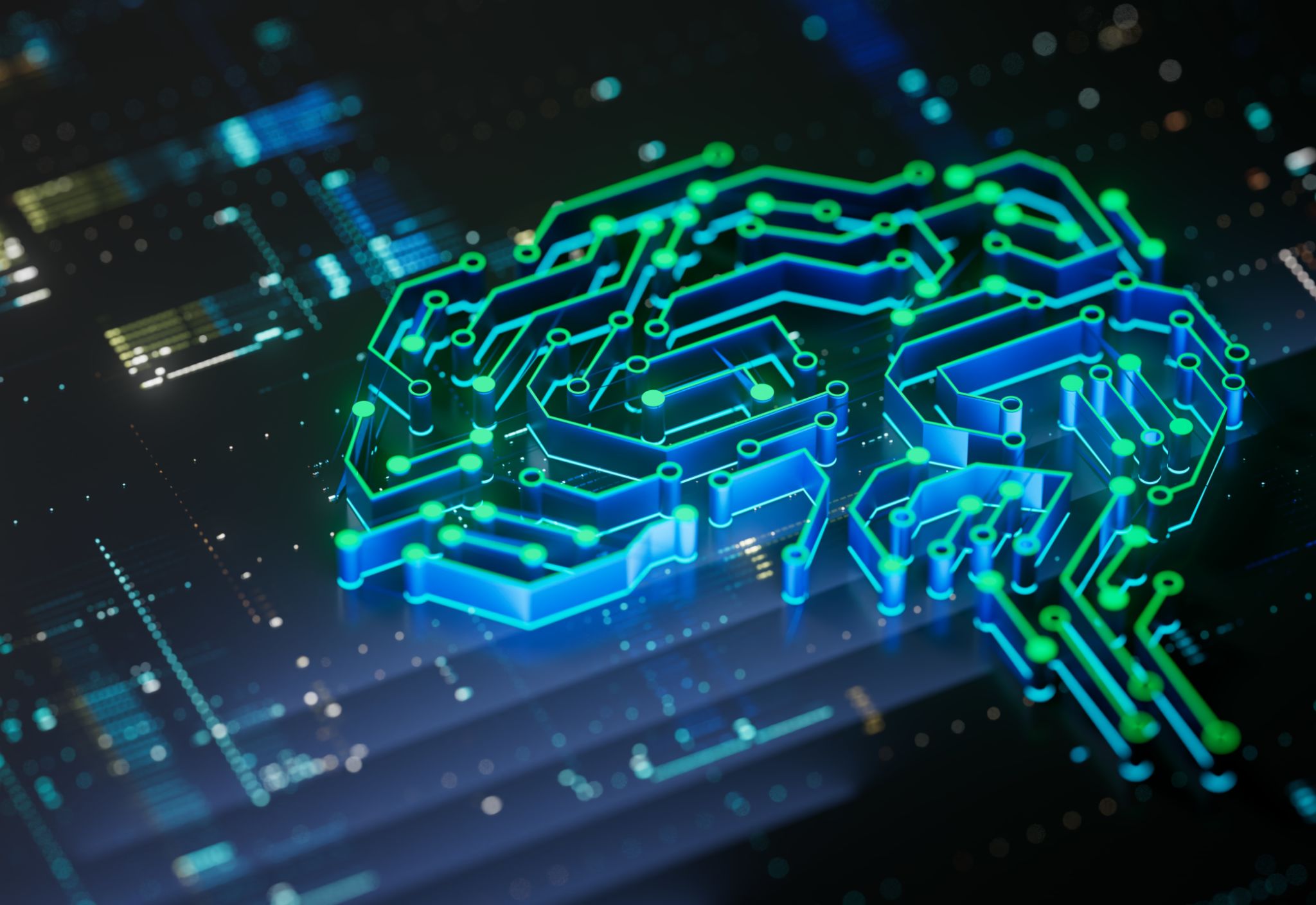Top 5 Cybersecurity Trends Impacting Businesses Today
Introduction to Cybersecurity Trends
In today's rapidly evolving digital landscape, cybersecurity is more crucial than ever for businesses of all sizes. As cyber threats become more sophisticated, organizations must stay informed about the latest trends to protect their data and maintain customer trust. Here are the top five cybersecurity trends impacting businesses today.
1. Rise of Artificial Intelligence in Cybersecurity
Artificial intelligence (AI) and machine learning are transforming the way companies approach cybersecurity. By analyzing vast amounts of data, AI can identify patterns and detect anomalies that might indicate a security breach. This allows businesses to respond to threats more swiftly and effectively. AI-driven solutions are becoming a cornerstone in the defense against cyberattacks.

Benefits of AI in Cybersecurity
The integration of AI in cybersecurity offers several benefits, including:
- Automated threat detection: AI can monitor network activity in real time, identifying potential threats without human intervention.
- Improved accuracy: Machine learning algorithms improve over time, increasing the accuracy of threat detection and reducing false positives.
2. Increased Focus on Cloud Security
With more businesses migrating to the cloud, ensuring robust cloud security has become imperative. Cybercriminals are targeting cloud environments with increasing frequency, exploiting vulnerabilities to access sensitive information. Companies must implement strong security measures to protect their cloud-based data.
Key Cloud Security Strategies
To safeguard cloud environments, businesses should consider:
- Encryption: Encrypting data both at rest and in transit to prevent unauthorized access.
- Access control: Implementing strict access controls and multi-factor authentication to verify user identities.

3. The Growing Threat of Ransomware
Ransomware attacks have surged in recent years, posing a significant threat to businesses worldwide. These attacks involve encrypting a company's data and demanding a ransom for its release. The financial and reputational damage from such incidents can be devastating, making it essential for organizations to bolster their defenses against ransomware.
Preventive Measures Against Ransomware
Businesses can reduce the risk of ransomware attacks by:
- Regular backups: Maintaining offline backups of critical data to ensure recovery in case of an attack.
- User training: Educating employees about phishing scams and safe online practices to minimize the risk of infection.
4. Emphasis on Zero Trust Architecture
The zero trust model is gaining traction as a way to enhance cybersecurity. Unlike traditional security models that assume everything within an organization's network is trustworthy, zero trust operates on the principle that no one can be trusted by default, inside or outside the network. This approach requires verification for every access request, significantly strengthening security.

Implementing Zero Trust
To adopt a zero trust architecture, businesses should:
- Verify continuously: Use technologies like identity and access management (IAM) to continuously verify user identities.
- Micro-segmentation: Divide networks into smaller segments to contain potential breaches and limit lateral movement.
5. The Role of Cybersecurity Regulations
Governments around the world are introducing new regulations to enhance cybersecurity measures. Compliance with these regulations is critical for businesses to avoid penalties and maintain customer trust. Staying informed about current and upcoming laws is necessary for companies to align their security practices with legal requirements.
Navigating Regulatory Compliance
Businesses can ensure compliance by:
- Regular audits: Conducting regular security audits to identify gaps and ensure adherence to regulations.
- Policy updates: Keeping cybersecurity policies up-to-date with the latest regulatory requirements.
Conclusion
The cybersecurity landscape is continuously evolving, presenting new challenges and opportunities for businesses. By staying informed about current trends and adapting their strategies accordingly, organizations can better protect their assets and maintain a secure environment for their operations and customers.